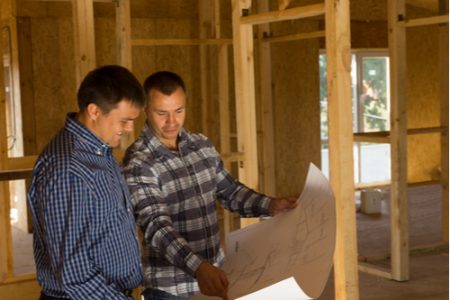
Ditch the Crystal Ball for Construction Pricing – Here’s Why
.
Clients always want to understand construction costs for the future to reduce surprises. Here’s why you should be wary of future forecasts.
As the saying goes, forewarned is forearmed. That is, clients always prefer to have the most up to date pricing, even hoping to understand likely cost increases in the future.
With this in mind, consultants often try to set parameters for likely market cost increases over the coming 12 months, as clients’ designs develop or progress through town planning.
This is a required, pro-active and very human response to cost increases but also one that’s subject to highly volatile forces.
Over the last couple of years, we’ve seen residential builders pricing increase between 26{2c3463f93726d78818b5d0a360a781067f9f9c4f5f4fb0cb6bd9d2f98bc13277} and 48{2c3463f93726d78818b5d0a360a781067f9f9c4f5f4fb0cb6bd9d2f98bc13277} nationally, depending on the geographic market.
Driven by government grants, pandemic restrictions/effects, labour shortages and suppliers cost increases, these construction cost increases are well beyond any increases forecasted in late 2019.
Traditionally, clients have been advised based on:
- Short term trend – construction costs over the last 2 years
- Medium-term trend – construction costs over the last 10 years
- Anticipated price rises from industry data sources
- CPI (consumer price index which measures inflation)
However, given construction pricing is now subject to various new forces, one has to ask whether traditional forecasting models are still suitable.
Much has changed in recent years, including:
- Geopolitical changes (trade restrictions/sanctions on various nations)
- Pandemic restrictions/effects (both local and in overseas supply markets)
- Construction technologies – changing construction efficiencies
- Builders’ risk aversion – many residential builders now insist upon cost+ contracts
- Global inflation and the response of most central banks to raise interest rates to increase borrowing costs
These elements combine to create a volatile, and difficult to forecast, construction price environment for the coming few years.
So, when your clients ask about future costs, we recommend providing today’s prices (whether it’s using ProCalc (free trial) or another data source) and then outlining some of the market forces at play when looking into the future.
Future price forecasts are extremely difficult to foresee in the current environment and they should be taken with a grain of salt.
Update your pricing as your design progresses Take a Free 4 Week ProCalc Trial
You Might Also Like:









